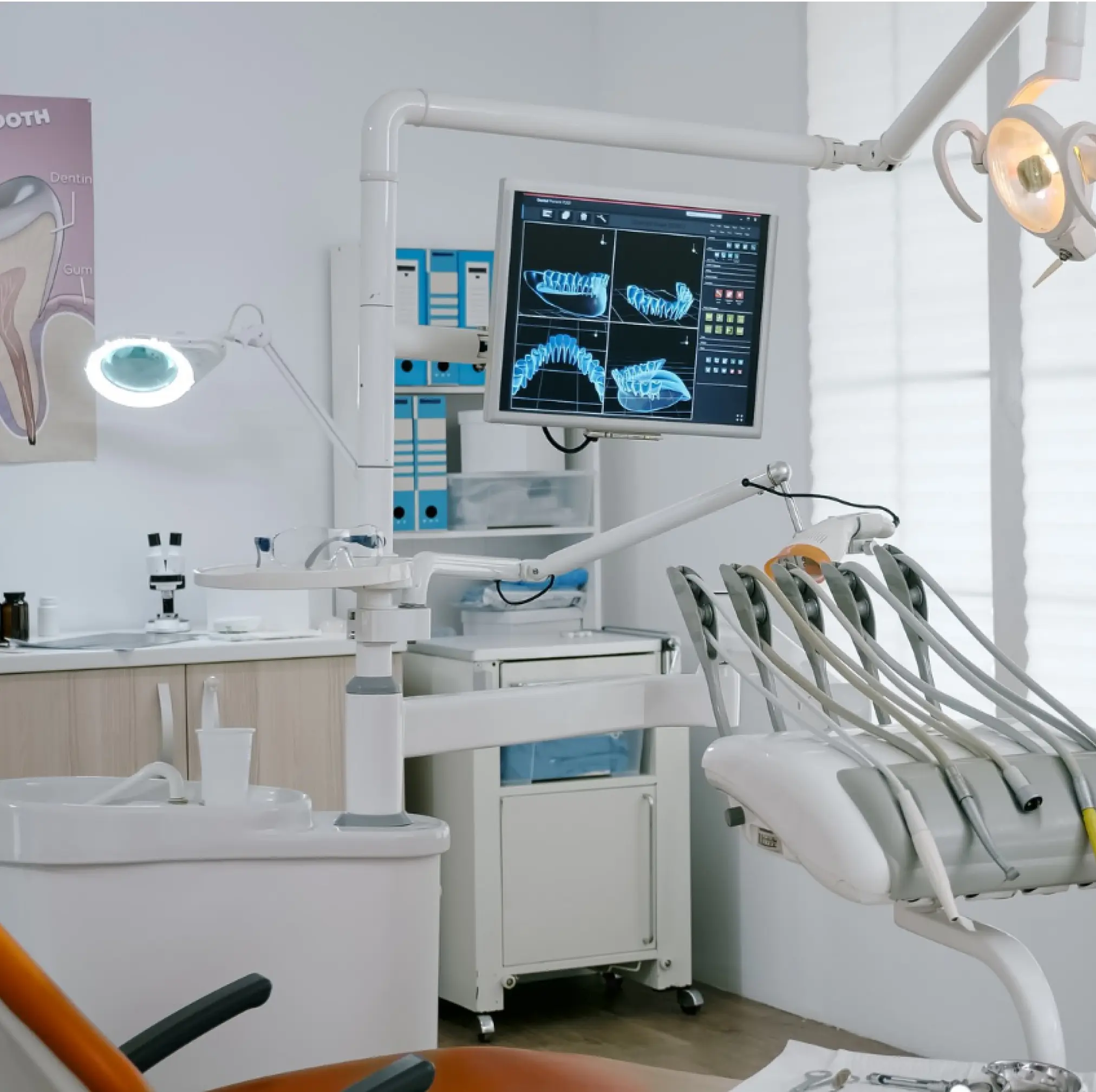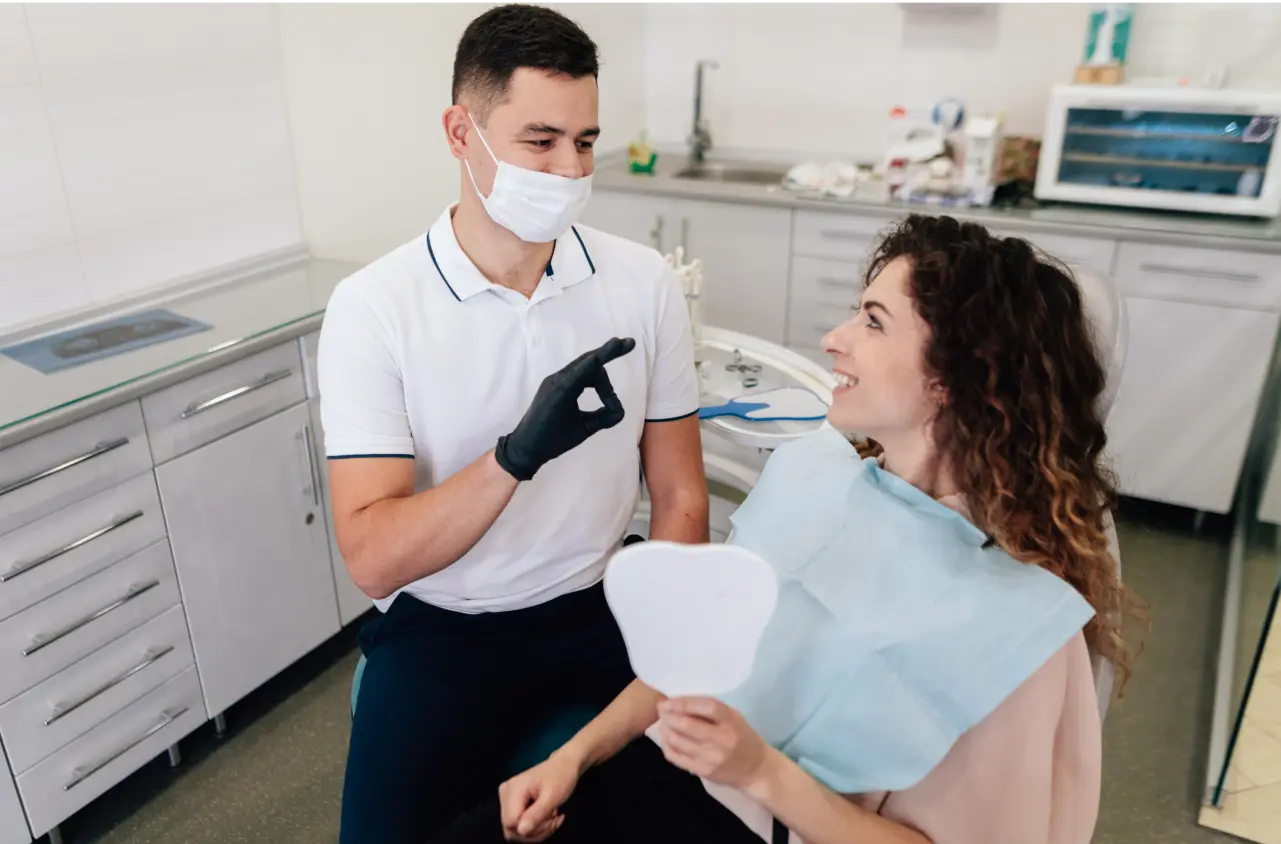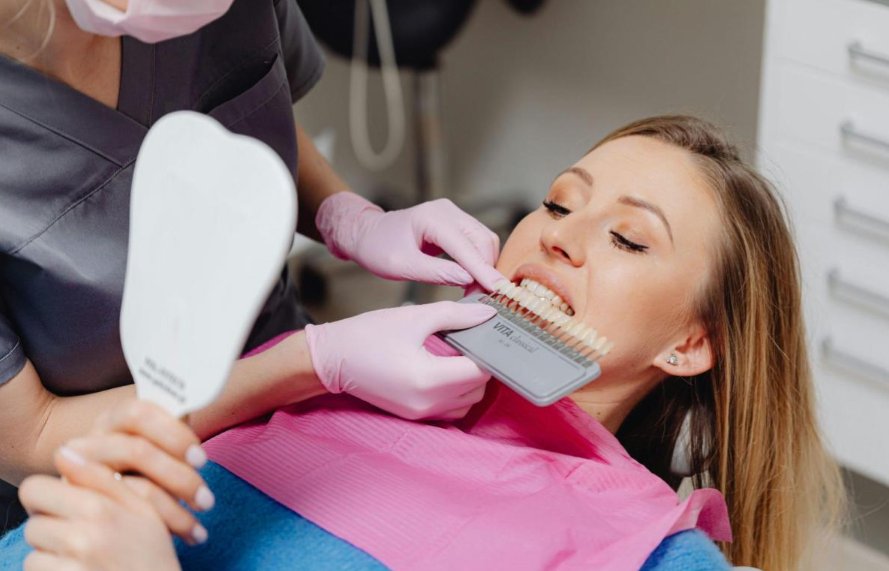How To Stop Thumb Sucking in Children
Pediatric Dentistry

Parents often have numerous concerns when they see their child sucking his/her digits or thumb and how to stop thumb sucking in children. Why do babies put their thumb in the mouth? Parents need to understand that thumb sucking is a natural reflex in infants and is a coping mechanism to keep them calm and comfortable.
It occurs even when they are in the womb. Most children outgrow the habit as they age. However, for some, it appears to be a hard one to break. So, when should you worry about it? How is it going to jeopardize the proper growth and development of your child? How can your pediatric dentist in Dubai help?
What Are The Side Effects Of Thumb Sucking In Children?

Thumb/digit-sucking in infants and toddlers is considered acceptable. According to the American Dental Association, the best time to discourage thumb sucking habit is by around age 4. Passive thumb sucking usually doesn’t cause as many oral changes. However, vigorous and persistent thumb or pacifier sucking can lead to misaligned primary and permanent teeth.
Commonly observed changes are the upward and forward positioning of upper front teeth and backward and downward positioning of lower front teeth resulting in bite issues. It can also cause a difference in the size and shape of the oral cavity (mainly the roof of the mouth) and face.
Speech patterns may be affected, such as the development of a lisp. Abnormal swallowing patterns, defective tongue positioning, calluses, or cracked skin on the sucked digit are other findings. All these can lead to psychological disturbances due to poor appearance or bullying at school.
How To Stop Thumb Sucking In Children?
One needs to understand that punishing or criticizing the child for their thumb-sucking behavior may aggravate the situation. Instead, he/she should be advised by the parents or the caretaker positively. Simple techniques such as placing an adhesive bandage on the thumb, wearing a thumb guard, sock, or glove on the preferred hand, and applying bitter substances to the thumb (Mavala nail polishes) are mostly sufficient enough to make the child cut loose of this habit.
Some children respond well to a calendar to track their success. You could also positively reinforce this by rewarding them. Whatever method you employ, the key here is to be persistent and appreciative.
The habit of thumb sucking cannot be gotten rid of unless the child wants to. The child needs to be mature enough to understand the consequences and accept responsibility for solving it. Social situations and peer pressure can positively influence your child; hence most children stop the habit during the early school years. It is worth mentioning that, at times, peer pressure can lead to a feedback loop that may increase the pattern.
How Can Your Dentist Help?
The child can undergo a dental consultation followed by professional counseling once he/she seems matured enough to understand and cooperate. During the personalized counseling session, the dental professional will make the child aware of the harmful effects of thumb sucking and how it could worsen if not stopped. And this usually encourages the child to stop the habit. At their subsequent appointments, the dental clinic in Dubai will reinforce the counseling and will monitor the associated oral effects.
Breaking The Habit
Some children find it extremely difficult to break the habit. Usage of an orthodontic appliance is significant in this case as it would hamper the comfortable positioning of the thumb and serve as a reminder. Customized fixed and removable orthodontic appliances are available for this purpose. Fixed appliances are more preferred than removable ones, as they ease the patient by reducing the discomfort of routine wearing and taking off the orthodontic appliance.
After proper discussions with the parents and the child, the dentist will prescribe either a habit-breaking gadget with palatal cribs/rakes or a Bluegrass appliance to be placed on the roof of the mouth to rectify the behavior. The orthodontic appliance is left in place for three more months, even after getting rid of the habit, to prevent the digit from slipping back again.
In most children, the associated oral side effects of thumb sucking show spontaneous improvement when the habit is ceased, at earlier ages. In some situations, the dentists may have to use certain simple appliances to correct any untoward change already happened to the teeth or related structures.
Finally
To sum up, the thumb sucking habit is outgrown by most children by the age of 2-4 years, under their own will or with the support of parents and caretakers. It is imperative that you talk to your child to check for any anxiety disorders, emotional problems, or fears and always appreciate him/her for their progress. However, they need to consult a qualified dental professional for psychological counseling and interceptive orthodontics.
The sooner the habit is stopped, the better the chance for the bite to correct itself. A multidisciplinary approach is required to focus on both habit breaking and improvement of your child’s confidence.
Prepare for your child’s first dental visit with helpful tips from our blog on First Time Taking Your Child To The Dental Clinic.
Book an Appointment With Your Doctor NOW!
Ready for a brighter smile? Schedule your appointment with Dr. Paul’s Dental Clinic today and experience exceptional dental care.



 Dr. Bobby Paul - Pediatric Dentist
Dr. Bobby Paul - Pediatric Dentist 

